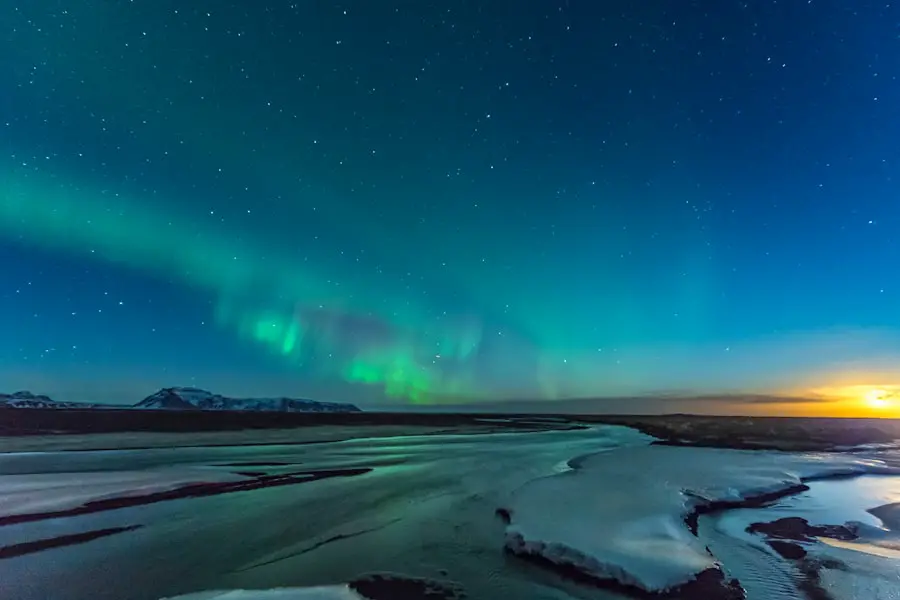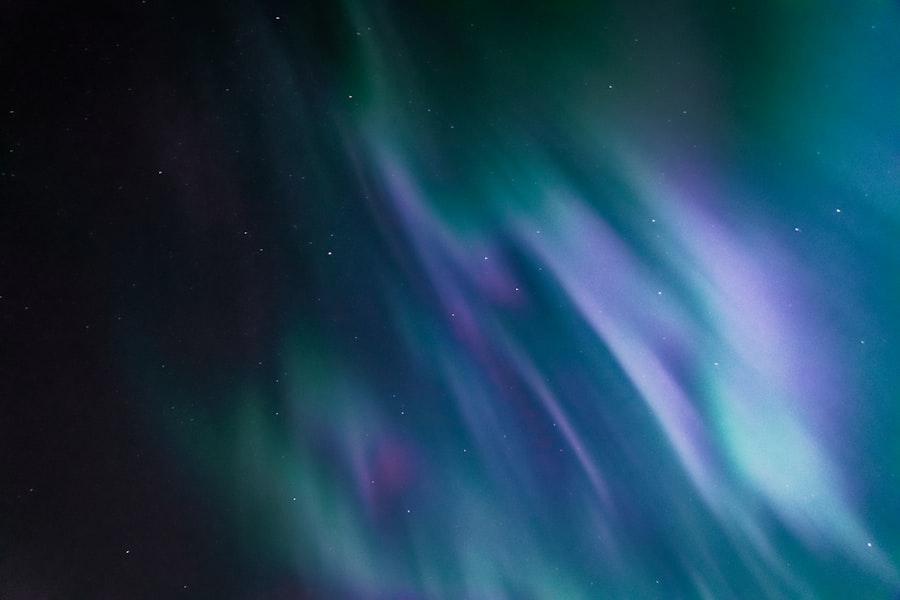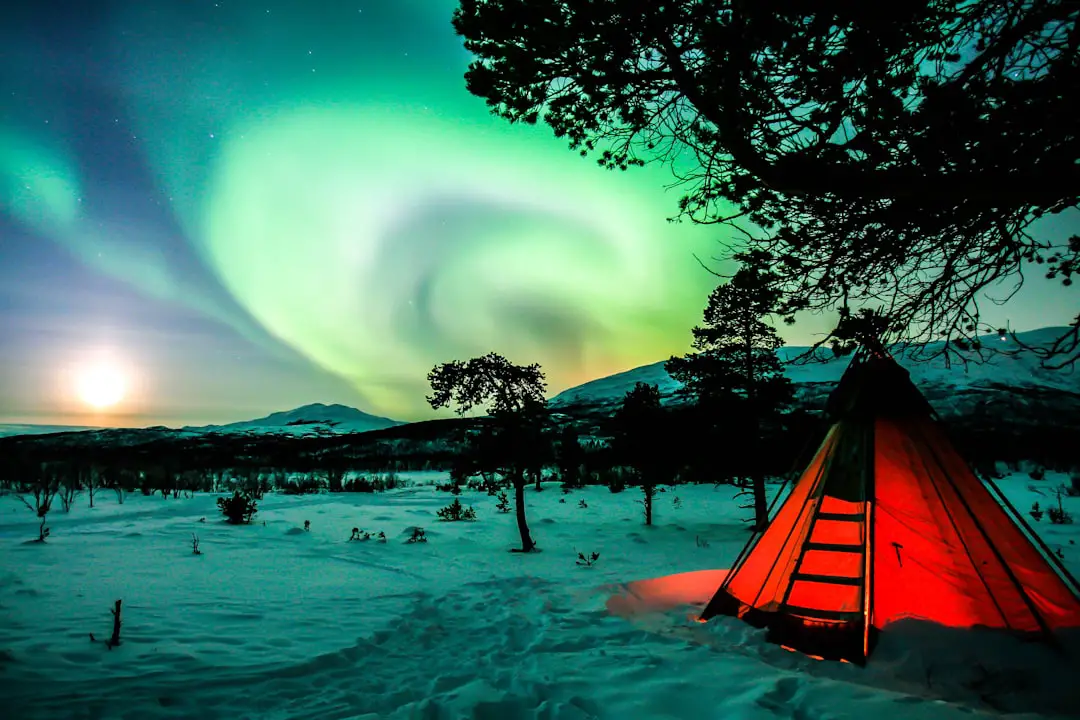As winter recedes, Canada welcomes spring with open arms, transforming its landscapes into vibrant tapestries of color and life. The transition from the cold, harsh months to the gentle warmth of spring is marked by a gradual increase in temperatures, often ranging from 5°C to 15°C (41°F to 59°F) across various regions. This mild weather invites both locals and tourists to step outside and revel in the beauty of nature awakening from its slumber.
In cities like Vancouver, cherry blossoms burst into bloom, creating stunning pink canopies that line the streets and parks. The Vancouver Cherry Blossom Festival, held annually in April, celebrates this natural spectacle with cultural events, guided walks, and art installations, drawing visitors from all over the world. Beyond the urban landscapes, Canada’s rural areas also come alive during spring.
The countryside is dotted with wildflowers, and the air is filled with the sweet scent of blooming lilacs and magnolias. In Ontario, the Niagara region showcases its beauty as vineyards begin to awaken, with buds forming on grapevines that promise a fruitful harvest later in the year. The mild weather also encourages outdoor activities such as hiking and biking.
Trails in national parks like Banff and Jasper become accessible again, offering breathtaking views of snow-capped mountains juxtaposed against lush green valleys. Birdwatchers flock to wetlands and parks to witness migratory birds returning, making spring a season of renewal and exploration.
Key Takeaways
- Spring in Canada brings mild weather and blossoming landscapes, making it the perfect time for outdoor activities and enjoying the beauty of nature.
- Summer in Canada offers endless opportunities for outdoor adventure and a wide array of festivals to celebrate the season.
- Fall in Canada is a time of stunning foliage and harvest festivities, providing a picturesque backdrop for outdoor exploration and cultural experiences.
- Winter in Canada transforms the country into a snowy wonderland, offering ample opportunities for winter sports and activities.
- Visiting Canada in March means experiencing maple syrup festivals and ice skating, providing a taste of Canadian culture and outdoor fun.
Summer in Canada: Outdoor Adventure and Festivals Galore
Summer in Canada is synonymous with adventure and celebration. As temperatures rise, typically ranging from 20°C to 30°C (68°F to 86°F), Canadians embrace the great outdoors with enthusiasm. The long days of summer provide ample opportunity for activities such as hiking, kayaking, and camping.
National parks like Yoho and Kootenay in British Columbia become bustling hubs for outdoor enthusiasts. Hiking trails lead to stunning vistas, including waterfalls and glacial lakes that shimmer under the summer sun. Kayaking on Lake Louise offers a unique perspective of the surrounding mountains, while camping under the stars allows visitors to connect with nature in a profound way.
In addition to outdoor adventures, summer is a season filled with festivals that celebrate Canada’s diverse culture and heritage. Cities across the country host music festivals, food fairs, and cultural events that attract thousands of attendees. The Calgary Stampede, often referred to as “The Greatest Outdoor Show on Earth,” showcases rodeo events, live music, and a vibrant carnival atmosphere.
Meanwhile, Toronto’s Caribana festival celebrates Caribbean culture with a colorful parade featuring elaborate costumes and infectious music. These events not only provide entertainment but also foster a sense of community and belonging among participants and spectators alike.
Fall in Canada: Stunning Foliage and Harvest Festivities

As summer fades into autumn, Canada transforms into a breathtaking canvas of reds, oranges, and yellows. The fall foliage is one of the most celebrated aspects of this season, drawing leaf-peepers from near and far. Regions like Quebec’s Laurentians and Ontario’s Muskoka are renowned for their stunning displays of color, where entire landscapes seem to be set ablaze by the changing leaves.
Canada Scenic drives along routes such as the Cabot Trail in Nova Scotia offer panoramic views of forests adorned in vibrant hues, making it a photographer’s paradise. In addition to the visual splendor, fall is also a time for harvest festivities that celebrate the bounty of the land. Farmers’ markets flourish with fresh produce, including apples, pumpkins, and squash.
Events like the Apple Festival in Stouffville, Ontario, invite visitors to partake in apple picking, cider tasting, and various culinary delights made from locally sourced ingredients. Wine regions such as the Okanagan Valley in British Columbia host grape harvest festivals where visitors can tour vineyards, sample wines, and enjoy gourmet food pairings. These celebrations not only highlight Canada’s agricultural richness but also foster connections between consumers and producers.
Winter in Canada: Snowy Wonderland and Winter Sports
| Winter Sports | Snowfall | Temperature |
|---|---|---|
| Skiing | 100-300 cm | -10 to -20°C |
| Snowboarding | 150-400 cm | -5 to -15°C |
| Ice Hockey | 50-150 cm | -15 to -25°C |
Winter casts a magical spell over Canada as snow blankets the landscape, transforming it into a picturesque wonderland. With temperatures often plunging below freezing, Canadians embrace the cold by engaging in a variety of winter sports and activities. Ski resorts such as Whistler Blackcomb in British Columbia and Mont Tremblant in Quebec attract skiers and snowboarders from around the globe.
These resorts offer an array of slopes catering to all skill levels, along with amenities such as cozy lodges and après-ski entertainment. Beyond skiing, winter in Canada is also synonymous with ice skating on frozen lakes and rivers. Cities like Ottawa boast the Rideau Canal Skateway, which becomes the world’s largest skating rink during winter months.
Families gather to skate while enjoying hot chocolate from nearby vendors. Additionally, winter festivals such as Quebec City’s Winter Carnival celebrate the season with parades, ice sculptures, and traditional foods like poutine and maple taffy on snow. These events not only showcase Canadian winter culture but also create a sense of camaraderie among participants who revel in the joys of winter together.
Visiting Canada in March: Maple Syrup Festivals and Ice Skating
March marks a unique time in Canada when winter begins to wane and signs of spring start to emerge. One of the most delightful traditions during this month is the celebration of maple syrup production. As temperatures rise during the day but still dip at night, sap begins to flow from sugar maple trees, leading to the annual maple syrup harvest.
Festivals across provinces like Quebec host sugar shack experiences where visitors can learn about the syrup-making process while indulging in delicious treats such as pancakes drizzled with fresh maple syrup. In addition to maple syrup festivities, March is also an excellent time for ice skating enthusiasts. Many cities maintain outdoor rinks that remain open until late March or even early April.
In Toronto’s Nathan Phillips Square or Montreal’s Old Port, families gather for leisurely skating sessions amidst twinkling lights and festive decorations. Ice skating provides an opportunity for both locals and tourists to engage in a quintessential Canadian winter activity while enjoying the crisp air before spring fully arrives.
Visiting Canada in June: Music Festivals and Outdoor Markets

June heralds the arrival of summer in Canada, bringing with it an array of music festivals that celebrate diverse genres and cultures. Cities like Toronto host events such as the Toronto Jazz Festival, which attracts world-renowned musicians and jazz enthusiasts alike. The festival features performances at various venues across the city, creating an electric atmosphere filled with rhythm and creativity.
Similarly, Montreal’s International Jazz Festival is one of the largest jazz festivals globally, showcasing both established artists and emerging talents. In addition to music festivals, June is also a prime time for outdoor markets that highlight local artisans and fresh produce. Farmers’ markets spring up across cities and towns, offering everything from organic fruits and vegetables to handmade crafts.
The St. Lawrence Market in Toronto is a bustling hub where visitors can sample local delicacies such as peameal bacon sandwiches or artisanal cheeses while supporting local farmers and artisans. These markets not only provide an opportunity for culinary exploration but also foster community connections as people gather to celebrate local culture.
Visiting Canada in September: Wine Harvest and Fall Foliage Tours
September is a month of transition as summer gives way to fall, bringing with it stunning foliage and bountiful harvests. In wine regions like British Columbia’s Okanagan Valley or Ontario’s Niagara Peninsula, vineyards come alive with activity as grapes are harvested for winemaking. Wine tours during this time offer visitors a chance to explore picturesque vineyards while sampling award-winning wines paired with gourmet food experiences.
Events such as the Niagara Wine Festival celebrate this harvest season with tastings, live music, and culinary showcases that highlight local flavors. As leaves begin to change color, September also presents an ideal opportunity for fall foliage tours. Scenic drives through regions like Algonquin Provincial Park or Cape Breton Island reveal breathtaking vistas adorned in vibrant autumn hues.
Guided tours often include stops at lookout points where visitors can capture stunning photographs of nature’s artistry. Hiking trails become popular destinations for those eager to immerse themselves in the beauty of fall while enjoying cooler temperatures that make outdoor exploration more comfortable.
Visiting Canada in December: Christmas Markets and Northern Lights Viewing
December transforms Canada into a festive wonderland as cities are adorned with twinkling lights and holiday decorations. Christmas markets pop up across the country, offering visitors a chance to experience traditional holiday cheer while shopping for unique gifts crafted by local artisans. The Toronto Christmas Market in the Distillery District is particularly enchanting, featuring wooden stalls filled with handmade goods, delicious food options like roasted chestnuts, and live entertainment that captures the spirit of the season.
In addition to holiday festivities, December is also an excellent time for viewing the Northern Lights in northern regions such as Yukon or Northwest Territories. As nights grow longer and darker, the aurora borealis paints the sky with mesmerizing colors that dance across the horizon. Tour operators offer guided excursions that take visitors to prime viewing locations away from city lights for an unforgettable experience under the stars.
This combination of holiday cheer and natural wonder makes December a magical time to visit Canada, leaving lasting memories for all who partake in its seasonal offerings.
If you are considering the best time to travel to Canada, you may also be interested in reading about the “5 Must-Have Hardside Carry-On Luggage with Spinner Wheels for Spring 2025” from TakeTravelInfo. This article provides valuable information on the latest luggage options for your upcoming trip to Canada, ensuring you are well-prepared for your journey.
FAQs
What is the best time to travel to Canada?
The best time to travel to Canada depends on the activities you want to do and the regions you want to visit. Generally, the summer months of June to August are popular for outdoor activities and sightseeing, while the winter months of December to February are ideal for winter sports and activities.
What are the peak tourist seasons in Canada?
The peak tourist seasons in Canada are during the summer months of June to August and the winter months of December to February. During these times, popular tourist destinations can be crowded and accommodations may be more expensive.
What are the shoulder seasons in Canada?
The shoulder seasons in Canada are the spring months of April to May and the fall months of September to October. These seasons offer milder weather, fewer crowds, and lower prices for accommodations and attractions.
What is the weather like in Canada during the different seasons?
Canada experiences a range of climates, from the cold winters in the northern regions to the mild summers in the southern regions. Winter temperatures can drop well below freezing, while summer temperatures can reach highs of 30°C (86°F) or more in some areas.
Are there any specific events or festivals that are worth visiting in Canada?
Canada hosts a variety of events and festivals throughout the year, including the Calgary Stampede in July, the Montreal International Jazz Festival in June and July, and the Winterlude festival in Ottawa in February. These events can add to the experience of visiting Canada during specific times of the year.
